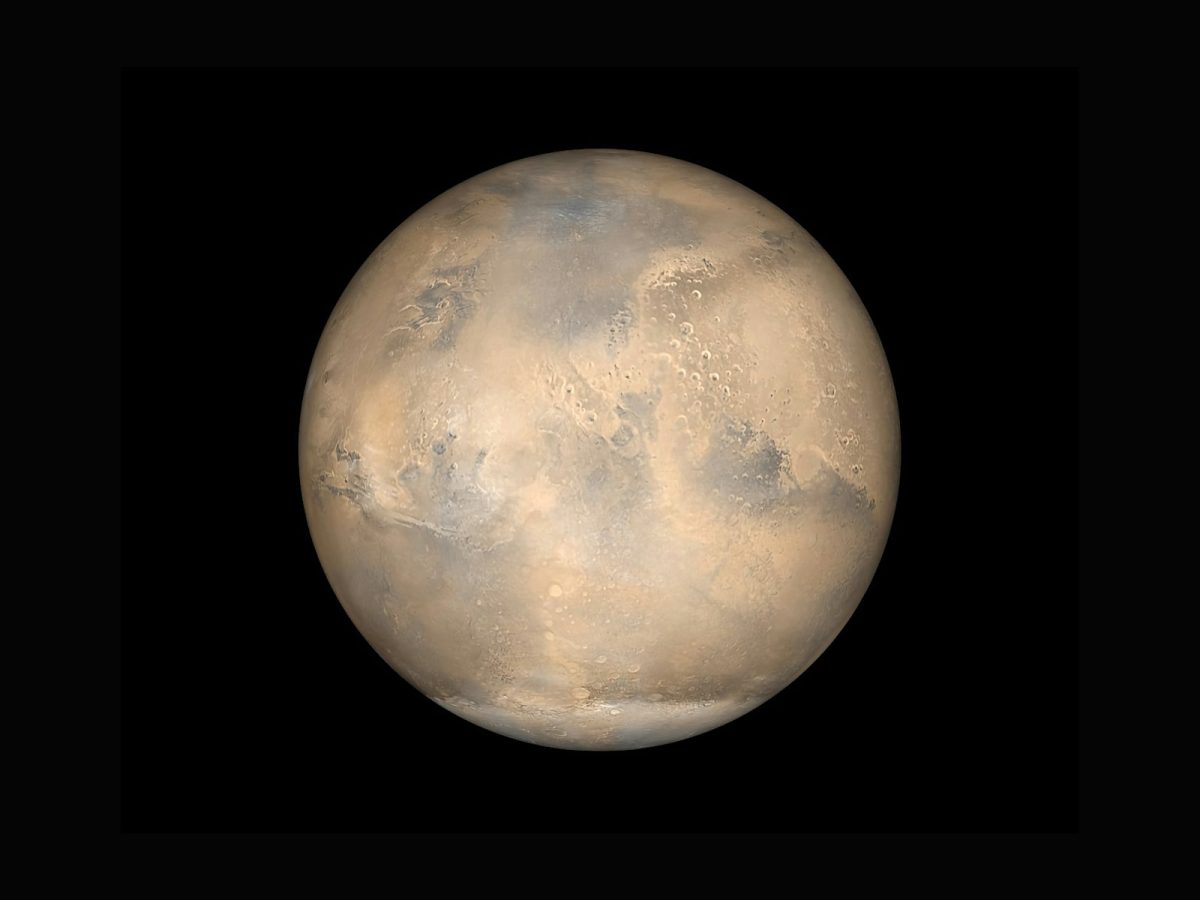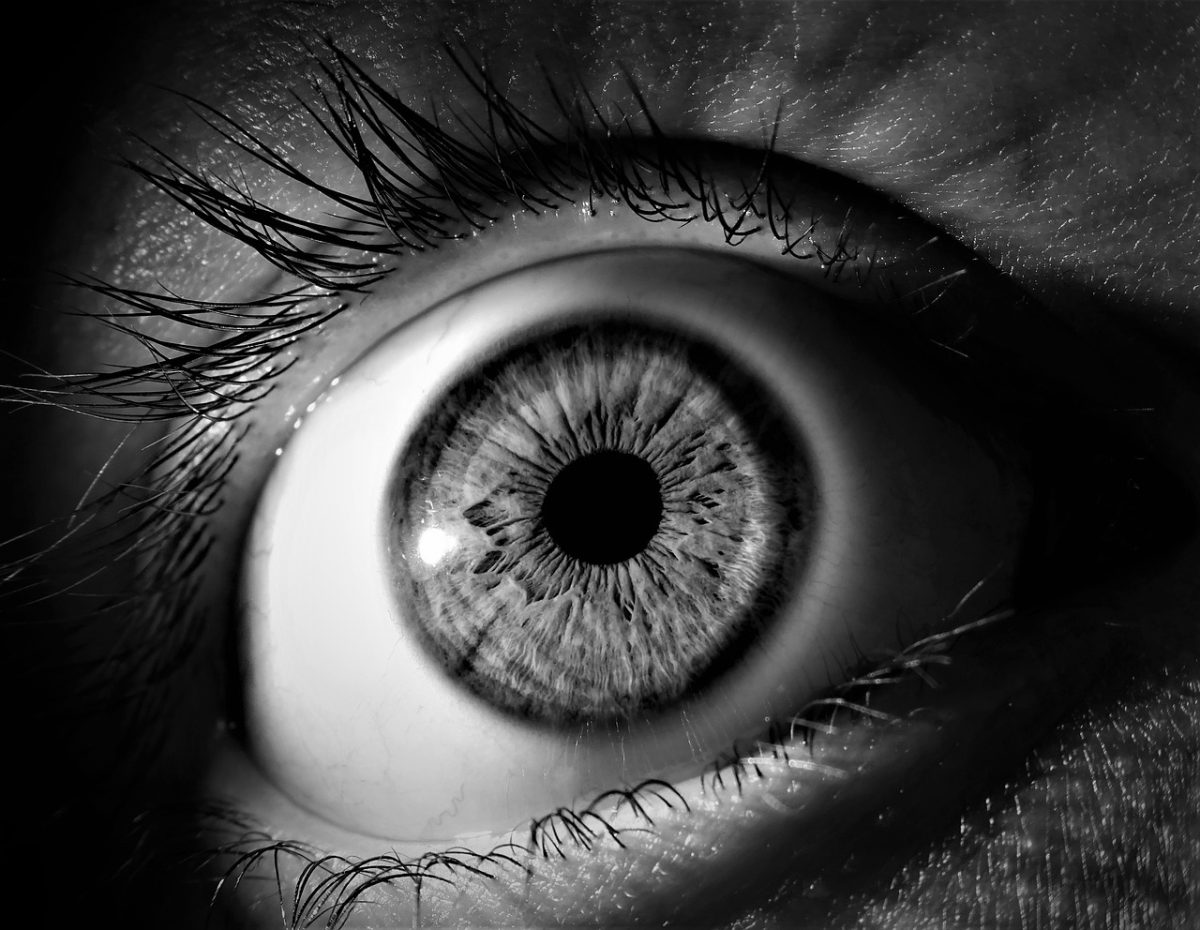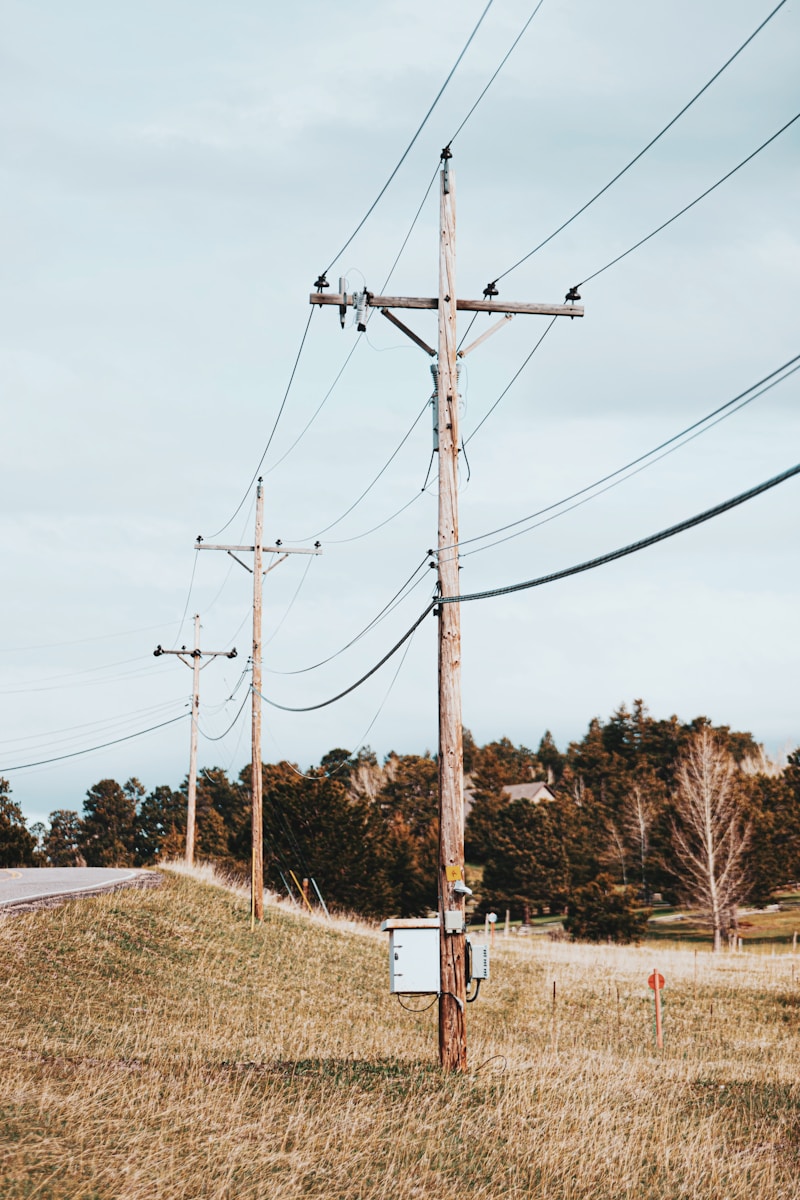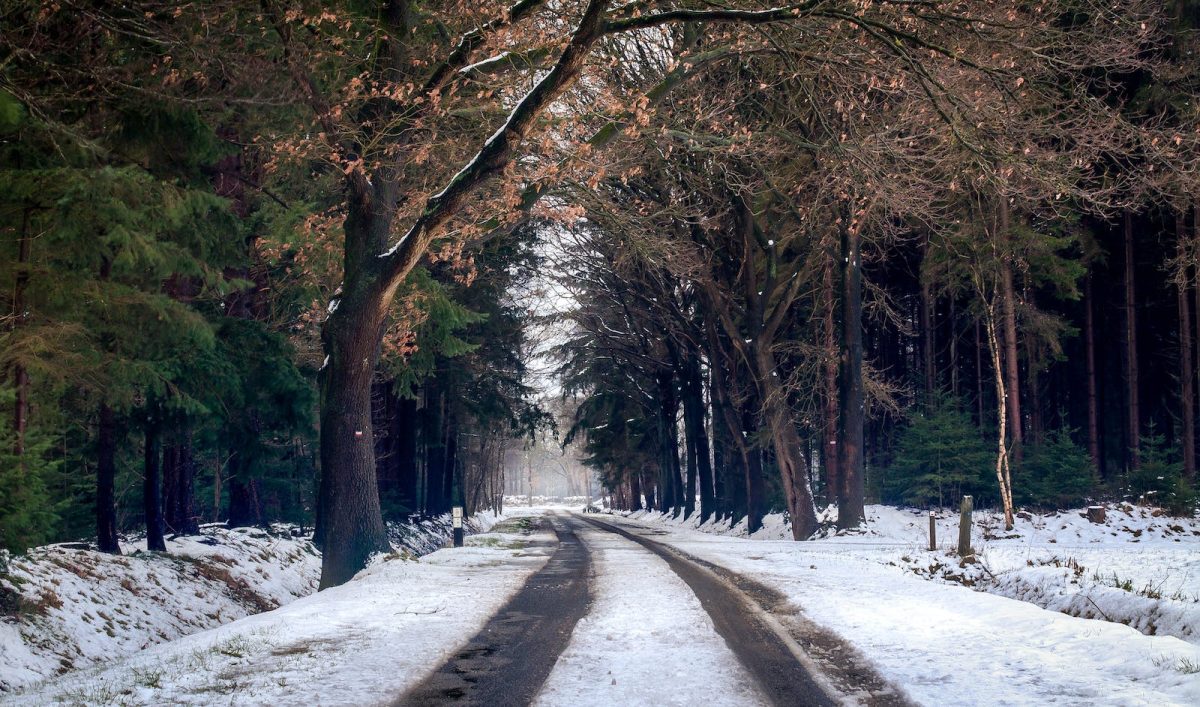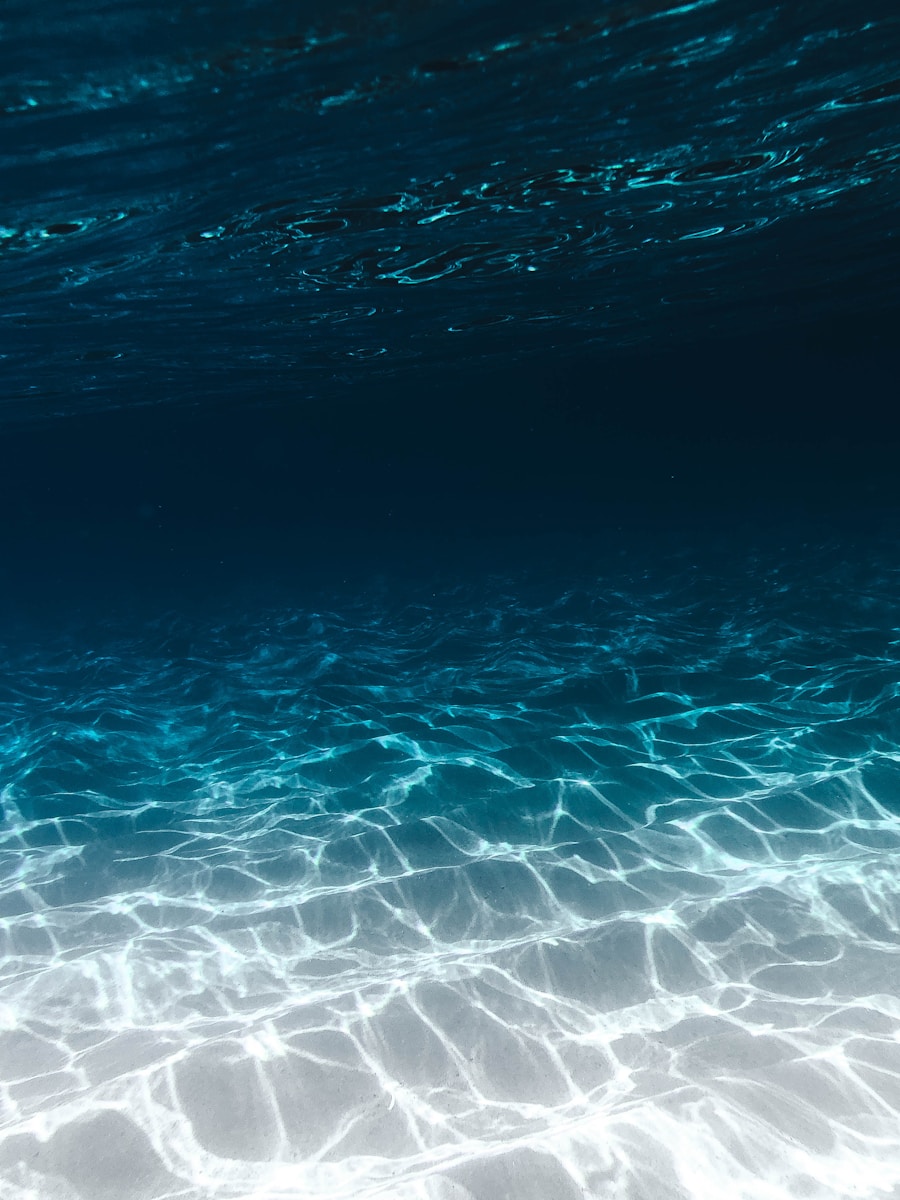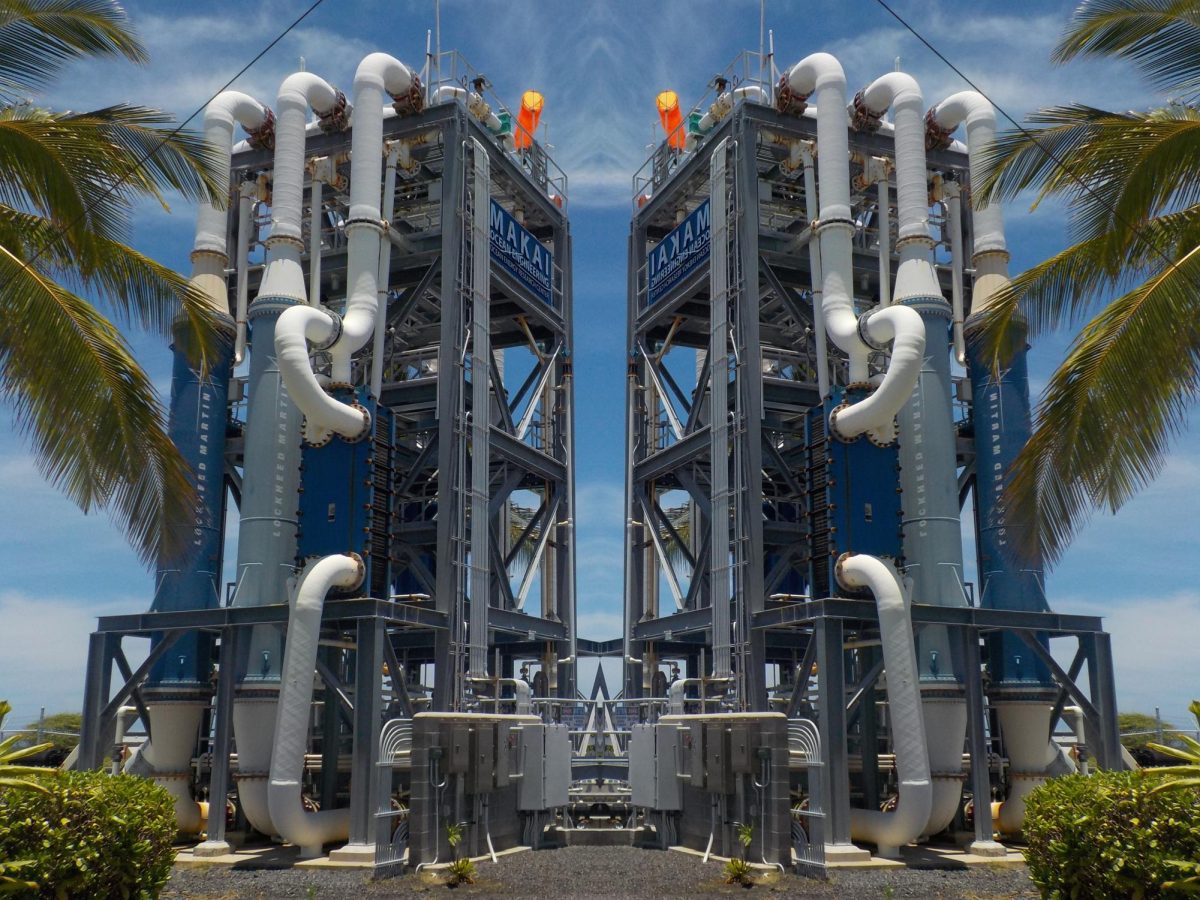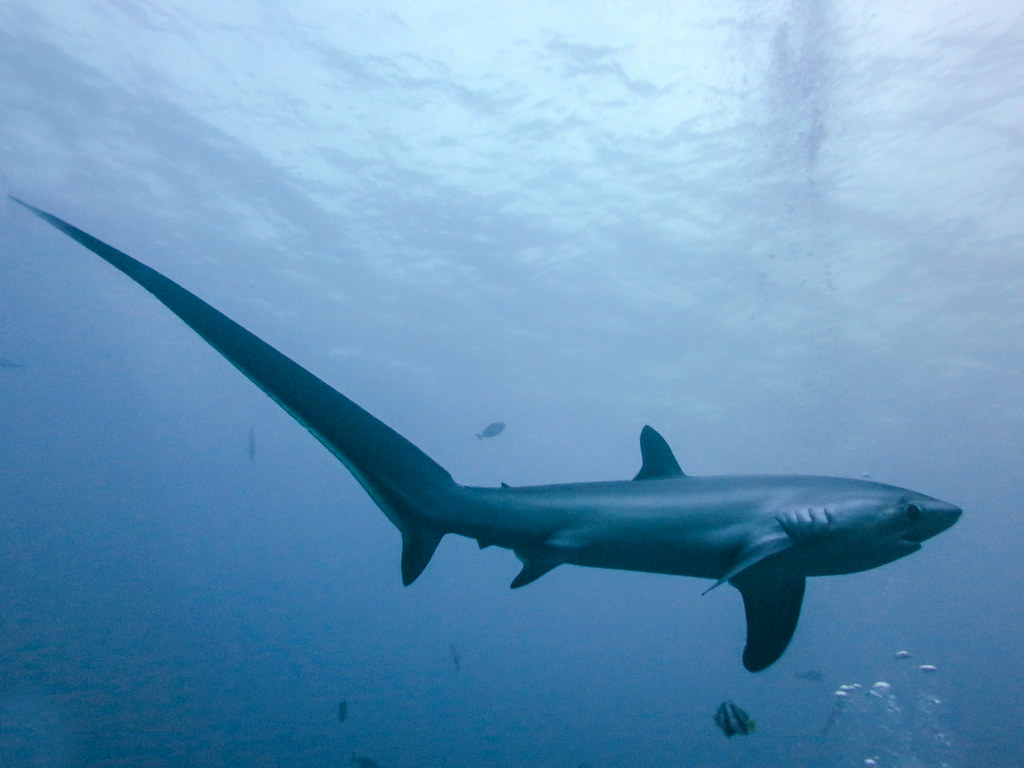In a perfect Christmas movie, it always snows on Christmas morning. Most kids wish for it to snow on Christmas. In Virginia, these last couple of years it has barely snowed, let alone on Christmas. In 2010, there was almost a white Christmas. It began to snow on Christmas night, and it snowed more the next morning, dropping more than one foot of snow. That isn’t considered a white Christmas. For it to be a white Christmas, it must snow up to 1 inch or more on Christmas morning.
These past years there hasn’t been much snow since 2020 because La Niña has been in the Pacific Ocean. La Niña is a weather pattern in the Pacific Ocean in the middle of the equator. La Niña is when there are stronger trade winds occurring from the east to the west coast in the Pacific Ocean, the warm water is being pushed more to the west coast. That allows more upwelling of cold water in the east coast, and this makes the jet stream to go up north, making the north have colder temperatures and rain. A jet stream is a current of strong wind that travels from west to east across the earth. The south of the U.S. gets a bit of a decrease of moisture in the atmosphere which results to even drier and warmer weather. If the waters in the east coast are decreased more than 0.5 degrees Celsius for at least a couple of months it’s considered, La Niña. When there is La Niña pattern in the Pacific Ocean the south gets barely any snow.
What normally happens in the Pacific Ocean, is trade winds push warm water east to west to the surface, all the warm water gathers in the western side around Asia. Then all the cold water rises in the east coast in a process called upwelling. This makes the north have the normal number of cold temperatures and rainfall, and in the south it’s the usual temperatures, dry and warm.
This year there is El Niño in the Pacific Ocean in the equator. We know this because the waters are 0.5 degrees Celsius higher than usual. El Niño is when the trade winds weaken, and the warm water does not get pushed farther enough westward and stays near the east coast. That results to increased moisture in the air and moves the jet stream more south which changes the Northern U.S. and Canada’s weather to a bit of a drier and warmer weather. In the Southern United States there is an increase of rainfall and colder temperatures. El Niño and La Niña happens every 2 to 7 years. It lasts for 9 to 12 months, but it can sometimes last for years. That is why these past 3 years Virginia has not gotten much snow because those years had La Niña occurring in the Pacific Ocean.
This year there is a strong chance of more snow because there is more precipitation in the Southern United States. Even though, there’s not a 100% chance that it will snow on Christmas, there is a chance of snow in the late December.
